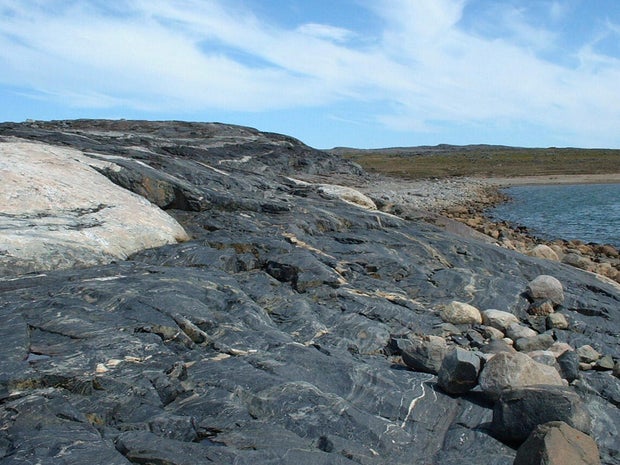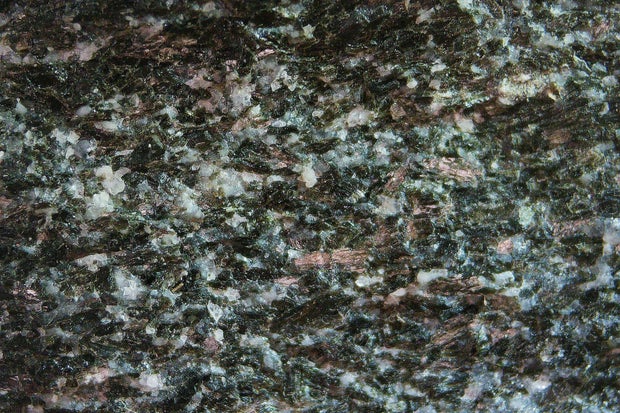
These may be the oldest rocks on Earth
27. June 2025
Scientists have identified what could be the oldest rocks on Earth from a rock formation in Canada.
The Nuvvuagittuq Greenstone Belt has long been known for its ancient rocks – plains of streaked gray stone on the eastern shore of Hudson Bay in Quebec. But researchers disagree on exactly how old they are.
Jonathan O’Neil / AP
Dispute apparently settled
Work from two decades ago suggested the rocks could be 4.3 billion years old, placing them in the earliest period of Earth’s history. But other scientists using a different dating method contested the finding, arguing that long-ago contaminants were skewing the rocks’ age and that they were actually slightly younger — at 3.8 billion years old.
In the new study, researchers sampled a different section of rock from the belt and estimated its age using the previous two dating techniques – measuring how one radioactive element decays into another over time. The result: The rocks were about 4.16 billion years old.
The different methods “gave exactly the same age,” said study author Jonathan O’Neil with the University of Ottawa.
The new research was published Thursday in the journal Science.
Jonathan O’Neil / AP
Ancient rocks could shed light on Earth’s earliest days
Earth formed about 4.5 billion years ago from a collapsing cloud of dust and gas soon after the solar system existed. Primordial rocks often get melted and recycled by Earth’s moving tectonic plates, making them extremely rare on the surface today. Scientists have uncovered 4 billion-year-old rocks from another formation in Canada called the Acasta Gneiss Complex, but the Nuvvuagittuq rocks could be even older.
Studying rocks from Earth’s earliest history could give a glimpse into how the planet may have looked – how its roiling magma oceans gave way to tectonic plates – and even how life got started.
“To have a sample of what was going on on Earth way back then is really valuable,” said Mark Reagan with the University of Iowa, who studies volcanic rocks and lava and was not involved with the new study.
Jonathan O’Neil / AP
Inuit community wants steps to avoid rocks being exploited
The rock formation is on tribal Inukjuak lands and the local Inuit community has temporarily restricted scientists from taking samples from the site due to damage from previous visits.
After some geologists visited the site, large chunks of rock were missing and the community noticed pieces for sale online, said Tommy Palliser, who manages the land with the Pituvik Landholding Corp. The Inuit community wants to work with scientists to set up a provincial park that would protect the land while allowing researchers to study it.
“There’s a lot of interest for these rocks, which we understand,” said Palliser, a member of the community. “We just don’t want any more damage.”


